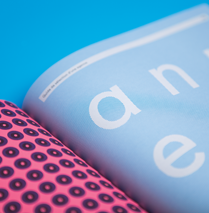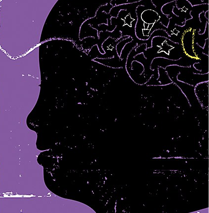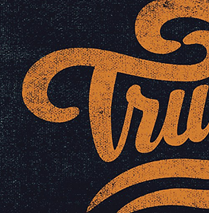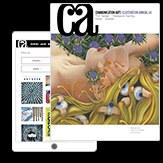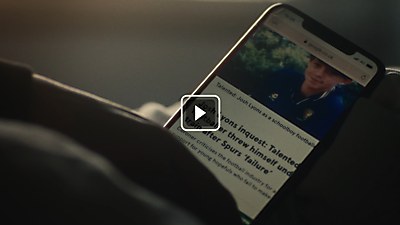Responses by Jesse Reed, cofounder, Standards Manual.
Background: We made QSL to showcase a highly specific visual language within a community mostly unknown to those outside of it: the world of amateur radio and QSL cards. These cards, which act as a physical authentication between two “ham” radio operators who’ve made contact, are design artifacts rich in typographic, symbolic and print production techniques. We got excited as designers but also anticipate (and hope) that the ham radio community would embrace an additional title to the canon of QSL-related material. Outside of those two audiences, anyone interested in the sociology of mass communication might find this book worthwhile.
Inspiration: Roger Bova, a fellow designer and good friend, invited me over for a visit in 2021 after not seeing each other during the pandemic. There wasn’t an agenda for the evening, but he casually brought out a stack of cards wrapped in cellophane that he had purchased at an antique store earlier that year. Inside were more than 150 QSL cards. The moment I laid eyes on them, without knowing a single thing about what I was looking at, I knew they needed to be seen by others. Roger and I spent the next few hours examining each card one by one, admiring their construction but also investigating where and who they came from. The answer: Charles Hellman, the longest-licensed amateur radio operator in the United States. Charles passed away in 2017 at the age of 106, but his legacy lives on.
Challenges: Understanding the complexities of the subject matter had a steep learning curve, and by no means will we ever be experts. We worked with anthropologist Marc Da Costa, another friend of ours who also had an interest in ham radio, and he agreed to write the introduction. His reporting gives important context to the history of radio technology and how this “hobby” became an international phenomenon at a time when reaching someone across the globe was no easy task.
Favorite details: When Roger showed me the stack of cards, I was immediately drawn to the micro aspects of each design. Small, cryptic but beautifully drawn icons and typographic interpretations run rampant throughout the collection—these literal details were something we knew deserved more attention. So, throughout the book, we’ve enlarged aspects of each design that might be glossed over at first glance; once you see them at 500-percent scale, their impact is undeniable. Adding to their impressiveness, these cards aren’t “professionally” designed. Type is often drawn by hand, and color isn’t overthought. The result is a genuine visual expression that is hard to reproduce when “group think” and strategy are at play—these don’t follow the rules; they’re design at play.
Alternate paths: We had one idea early on to extract all of the amateur radio association symbols and create an index. These are commonly designed within a diamond container and change what’s inside depending on the country. Because the collection didn’t have a broad-enough coverage of countries, we decided against it. We’ll save it for Volume II…
New lessons: Saying we learned something new is an understatement, but what we took away from the project was a deeper perspective on humanity’s desire to communicate with others beyond our reach. Social media is an excellent example of this: you can live in Kansas City and be best friends with someone in Melbourne via Twitter. QSL cards were self-expressions of each radio operator, and it’s how you wanted to portray yourself to the station receiving your reply. Again, the same is true today. We carefully curate our Instagram feeds to portray a visual representation of ourselves and our lives; to a degree, QSL cards do the same.



